Psilocybe cubensis is a species of psychedelic mushroom known for its psychoactive properties, primarily due to the compounds psilocybin and psilocin. This mushroom is widely distributed in tropical and subtropical regions and often grows in cattle dung.
Psilocybe cubensis, the golden-capped mushroom that has enchanted humans for centuries. Known for its profound psychoactive effects, this fascinating fungus invites you on a journey beyond ordinary perception. Explore its natural habitat in tropical pastures and learn how it transforms consciousness with just a touch of its bluish hue..
Psilocybe cubensis, a well-known psychedelic mushroom, contains the psychoactive compounds psilocybin and psilocin. It thrives in tropical and subtropical environments, often found growing in the dung of grazing animals. Recognizable by its golden-brown cap and bluish bruising, it has a storied history of use in spiritual and recreational contexts. Consumption of Psilocybe cubensis can lead to vivid hallucinations and profound changes in perception.
Historical Context and Cultural Significance
Psilocybe cubensis has a rich historical and cultural background. Indigenous peoples in Central and South America have used these mushrooms for thousands of years in religious ceremonies and healing practices. The ancient Aztecs referred to them as “teonanácatl,” meaning “flesh of the gods,” highlighting their revered status. These mushrooms were believed to be a gateway to the spiritual world, allowing shamans and practitioners to communicate with deities and gain insights into the human condition.
In the mid-20th century, Psilocybe cubensis gained international attention through the works of R. Gordon Wasson, a mycologist and ethnobotanist, who documented the ceremonial use of psilocybin mushrooms in Mexico. His writings, along with those of Aldous Huxley and Timothy Leary, contributed to the burgeoning interest in psychedelics during the 1960s counterculture movement.
Biological Characteristics and Identification
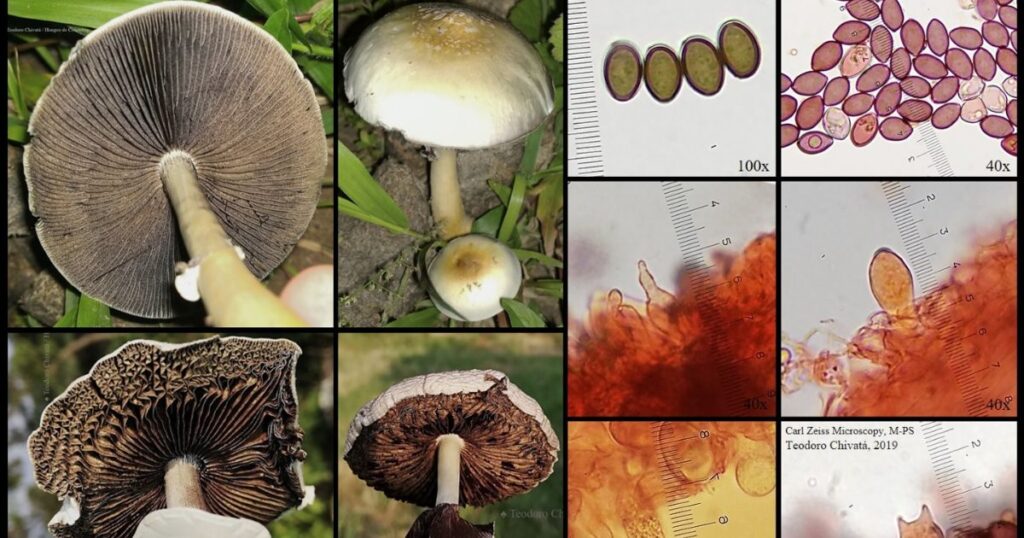
Psilocybe cubensis is a saprophytic fungus, meaning it feeds on decaying organic matter. It is commonly found in tropical and subtropical regions, thriving in environments with high humidity and moderate temperatures. This mushroom often grows in the dung of grazing animals, particularly cattle and buffalo, which provides a nutrient-rich substrate for its growth.
Identifying Psilocybe cubensis involves recognizing several distinct features. The cap, or pileus, ranges in color from golden-brown to light yellow and is typically convex when young, flattening with age. The gills underneath the cap are initially white, becoming purplish-black as the spores mature. The stem, or stipe, is usually white to yellowish and displays a characteristic bluish bruising when handled or damaged.
Chemical Composition and Mechanism of Action
The psychoactive properties of Psilocybe cubensis are primarily due to two compounds: psilocybin and psilocin. Psilocybin is a prodrug, meaning it is converted into the active compound psilocin in the body. Psilocin interacts with serotonin receptors in the brain, particularly the 5-HT2A receptor, leading to altered neurotransmission and the characteristic effects of a psychedelic experience.
Upon ingestion, psilocybin is rapidly absorbed and converted to psilocin, which then crosses the blood-brain barrier. The onset of effects typically occurs within 20 to 60 minutes, with peak experiences happening around 90 minutes to 2 hours after consumption. The duration of the effects can last anywhere from 4 to 6 hours, depending on the dosage and individual metabolism.
Subjective Effects and Experiences
The effects of Psilocybe cubensis are highly subjective and can vary significantly based on factors such as dosage, set (mental state), and setting (environment). Commonly reported effects include:
Visual and Auditory Hallucinations
Users often describe enhanced colors, patterns, and geometric shapes, as well as auditory distortions or heightened appreciation of music.
Altered Perception of Time and Space
Time may appear to slow down or speed up, and spatial awareness can become distorted, leading to sensations of merging with the surroundings or experiencing out-of-body phenomena.
Emotional and Cognitive Changes
Emotions can become intensified, ranging from euphoria to profound introspection. Users often report deep insights, creative thinking, and a sense of connectedness with nature and other beings.
Spiritual and Mystical Experiences
Many individuals describe experiences of unity, transcendence, and encounters with entities or divine beings. These experiences are often cited as deeply meaningful and transformative.
Read More:
PSILOCYBIN EFFECTS ON THE BRAIN – THE SCIENCE BEHIND PSILOCIN
Therapeutic Potential and Contemporary Research
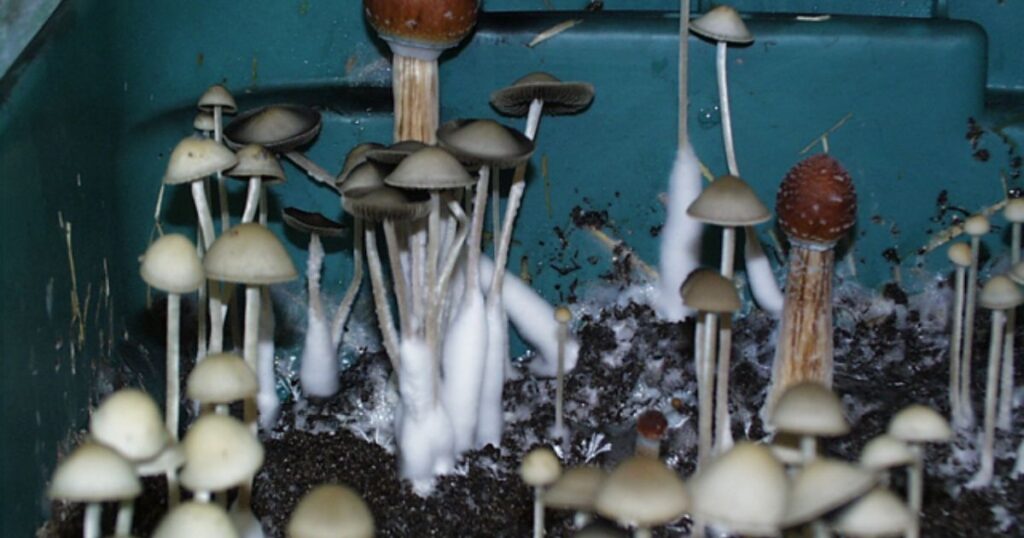
Recent years have seen a resurgence of interest in the therapeutic potential of Psilocybe cubensis and other psychedelics. Clinical studies have explored the use of psilocybin-assisted therapy for various mental health conditions, including depression, anxiety, PTSD, and substance use disorders. The results have been promising, with many participants experiencing significant and lasting improvements in their symptoms.
Psilocybin’s ability to induce a state of heightened neuroplasticity is believed to play a crucial role in its therapeutic effects. This state allows for the reorganization of neural pathways and the potential for lasting changes in cognition and behavior. Additionally, the profound, often mystical experiences induced by psilocybin can lead to a reevaluation of one’s life and priorities, fostering a sense of meaning and purpose.
Legal Status and Controversies
The legal status of Psilocybe cubensis varies widely around the world. In many countries, including the United States, it is classified as a Schedule I substance, indicating a high potential for abuse and no accepted medical use. However, several regions have decriminalized or legalized the use of psilocybin mushrooms for therapeutic or religious purposes, reflecting a growing recognition of their potential benefits.
The controversial nature of Psilocybe cubensis and other psychedelics stems from their powerful effects and the potential for misuse. Critics argue that unsupervised use can lead to adverse psychological reactions, including anxiety, paranoia, and psychosis. Proponents, on the other hand, emphasize the importance of responsible use and proper set and setting to minimize risks and maximize benefits.
Cultivation and Sustainable Use
Cultivating Psilocybe cubensis has become increasingly popular among enthusiasts and researchers. The process involves creating a controlled environment that mimics the mushroom’s natural habitat, including appropriate temperature, humidity, and substrate. Spore syringes or prints are commonly used to inoculate the substrate, which is then incubated until the mycelium colonized it and produces fruiting bodies.
Sustainable use of Psilocybe cubensis emphasizes ethical and ecological considerations. Overharvesting wild populations can disrupt ecosystems and deplete natural resources. Cultivation offers a sustainable alternative, allowing for the preservation of wild habitats and the ability to control the quality and potency of the mushrooms.
Future Directions and Societal Impact
The future of Psilocybe cubensis and psychedelics in general appears promising, with ongoing research and changing public perceptions paving the way for broader acceptance and integration into society. As more studies validate the therapeutic potential of psilocybin, there is hope for its eventual reclassification and integration into mainstream medicine
The cultural impact of Psilocybe cubensis extends beyond its therapeutic applications. The mushroom has inspired countless works of art, literature, and music, reflecting its profound influence on human creativity and spirituality. As society continues to explore the boundaries of consciousness and the human mind, Psilocybe cubensis stands as a symbol of the quest for deeper understanding and connection.
Personal Accounts and Anecdotes
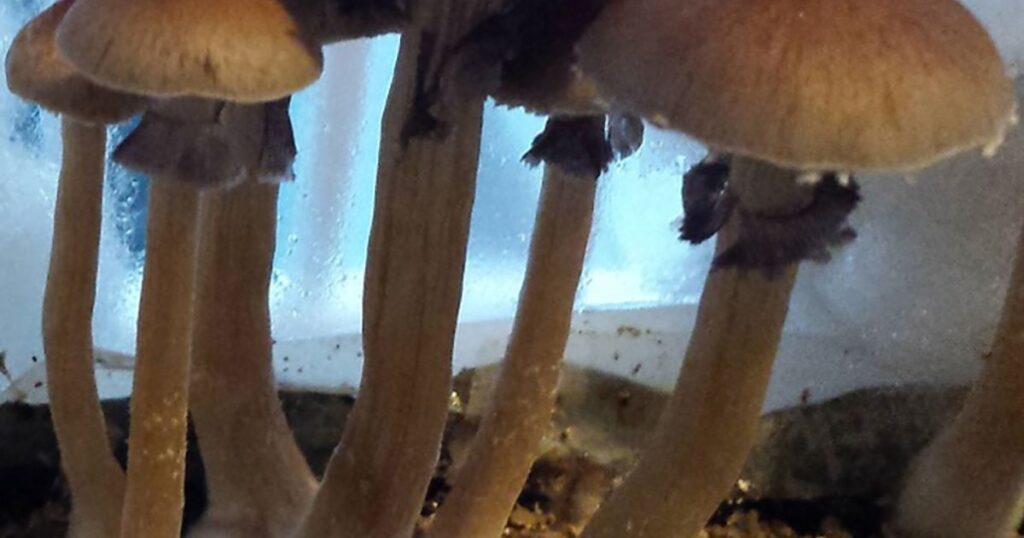
To provide a well-rounded perspective on Psilocybe cubensis, it is essential to consider personal accounts and anecdotes from those who have experienced its effects. These stories offer valuable insights into the diverse range of experiences and the potential benefits and challenges associated with psilocybin use.
One individual, who we’ll refer to as Sarah, described her experience with Psilocybe cubensis as a turning point in her life. Struggling with depression and a sense of purposelessness, Sarah decided to try psilocybin-assisted therapy. During her session, she experienced vivid visions of interconnectedness and a profound sense of love and acceptance. This experience helped her reframe her perspective on life, leading to significant improvements in her mental health and well-being.
Another account comes from John, an artist who used Psilocybe cubensis to enhance his creativity. He described the experience as a journey into the depths of his imagination, where he encountered vivid colors, intricate patterns, and new artistic ideas. The insights gained during his psychedelic journey inspired a series of artworks that he later exhibited, earning acclaim for their originality and emotional depth.
FAQs
What are the primary psychoactive compounds in Psilocybe cubensis?
The primary psychoactive compounds in Psilocybe cubensis are psilocybin and psilocin, which induce altered states of consciousness.
Where does Psilocybe cubensis typically grow?
Psilocybe cubensis typically grows in tropical and subtropical regions, often found in the dung of grazing animals like cattle and buffalo.
How long do the effects of Psilocybe cubensis last?
The effects of Psilocybe cubensis generally last between 4 to 6 hours, with the peak experience occurring around 90 minutes to 2 hours after consumption.
What are the common visual effects of Psilocybe cubensis?
Common visual effects include enhanced colors, patterns, and geometric shapes, as well as visual distortions and hallucinations.
Is Psilocybe cubensis legal?
The legal status of Psilocybe cubensis varies by country, but it is generally classified as a Schedule I substance in many regions, indicating a high potential for abuse and no accepted medical use.
Conclusion
Psilocybe cubensis, the enigmatic and potent psychedelic mushroom, continues to captivate the imagination and curiosity of people worldwide. Its rich history, profound effects, and potential therapeutic benefits make it a subject of immense interest and importance. As research advances and societal attitudes evolve, Psilocybe cubensis may play a crucial role in the future of mental health treatment and the exploration of human consciousness.
This remarkable fungus involves acknowledging both its potential and its risks. Responsible use, proper education, and ongoing research are essential to harnessing the benefits of Psilocybe cubensis while minimizing potential harm. In doing so, we can unlock new possibilities for healing, creativity, and personal growth, honoring the ancient wisdom and modern science that converge in the study of this extraordinary mushroom.

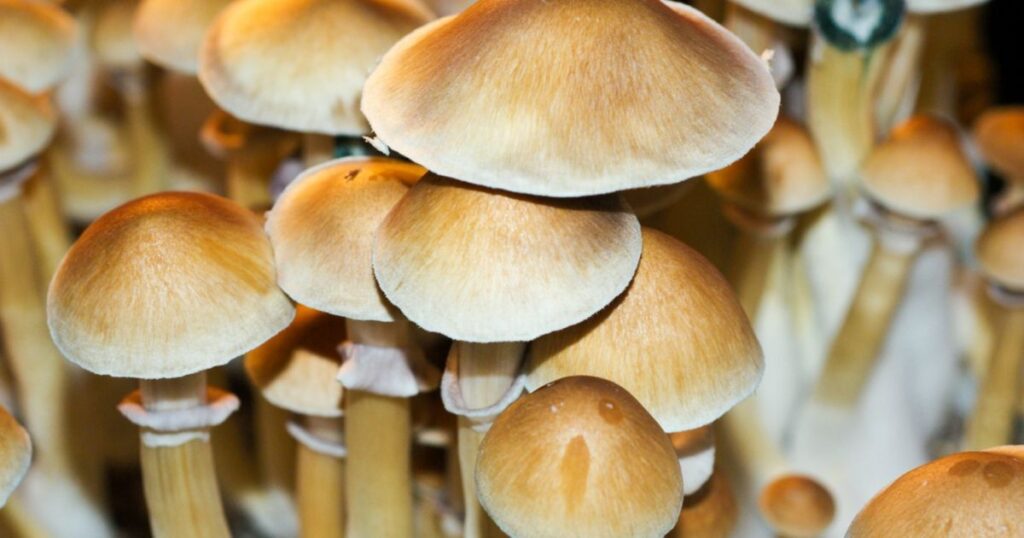
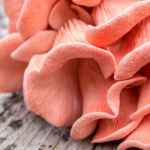
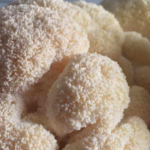
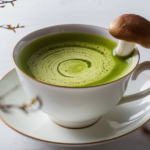
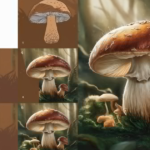

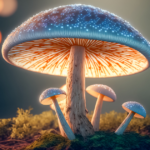
1 thought on “Psilocybe Cubensis”